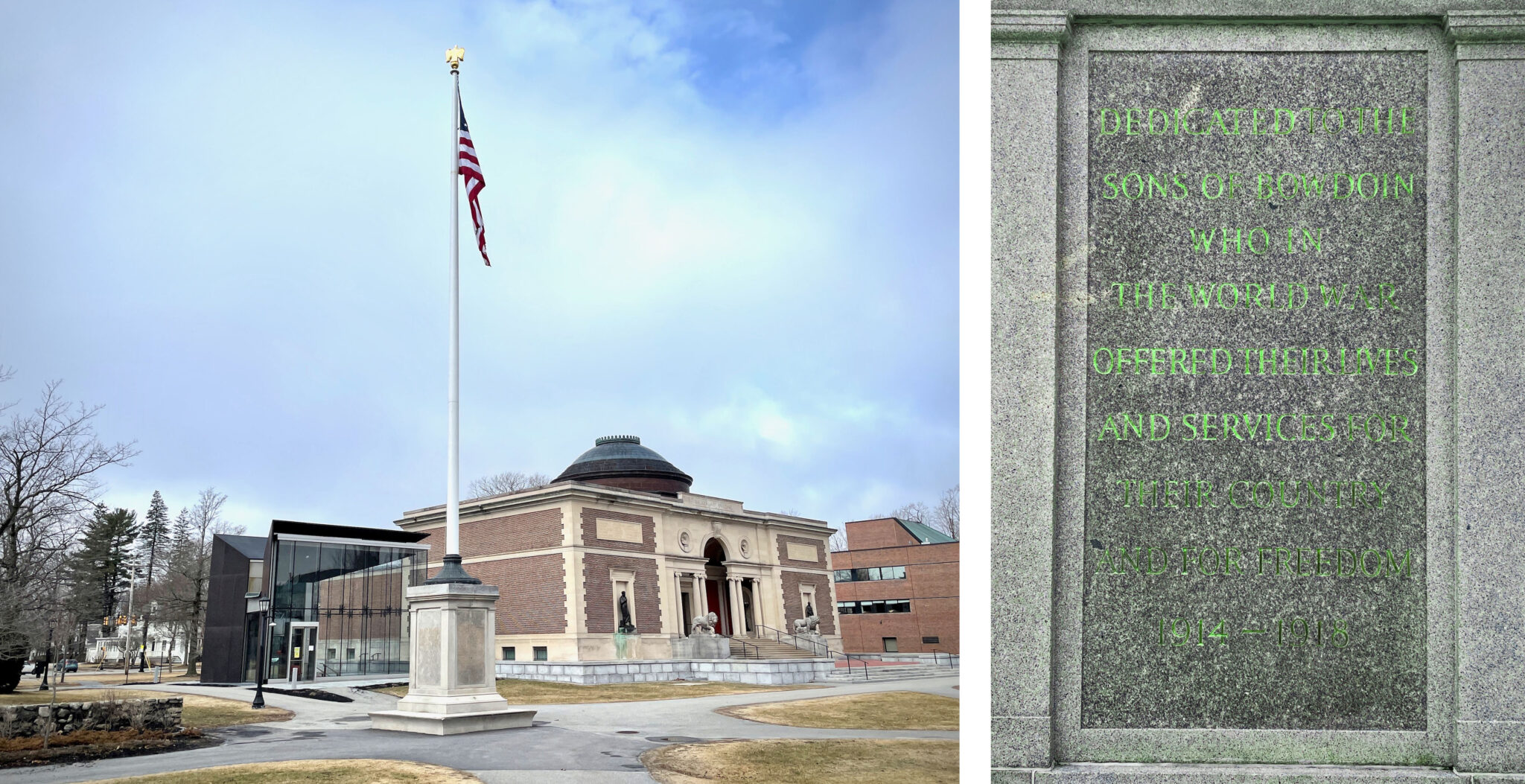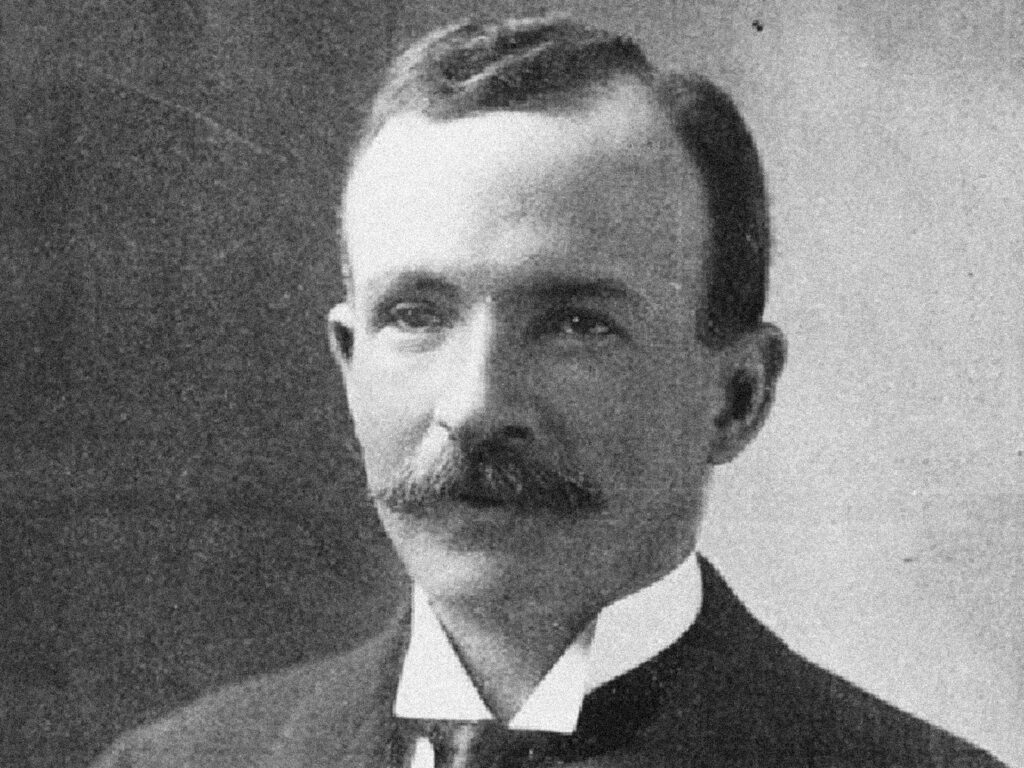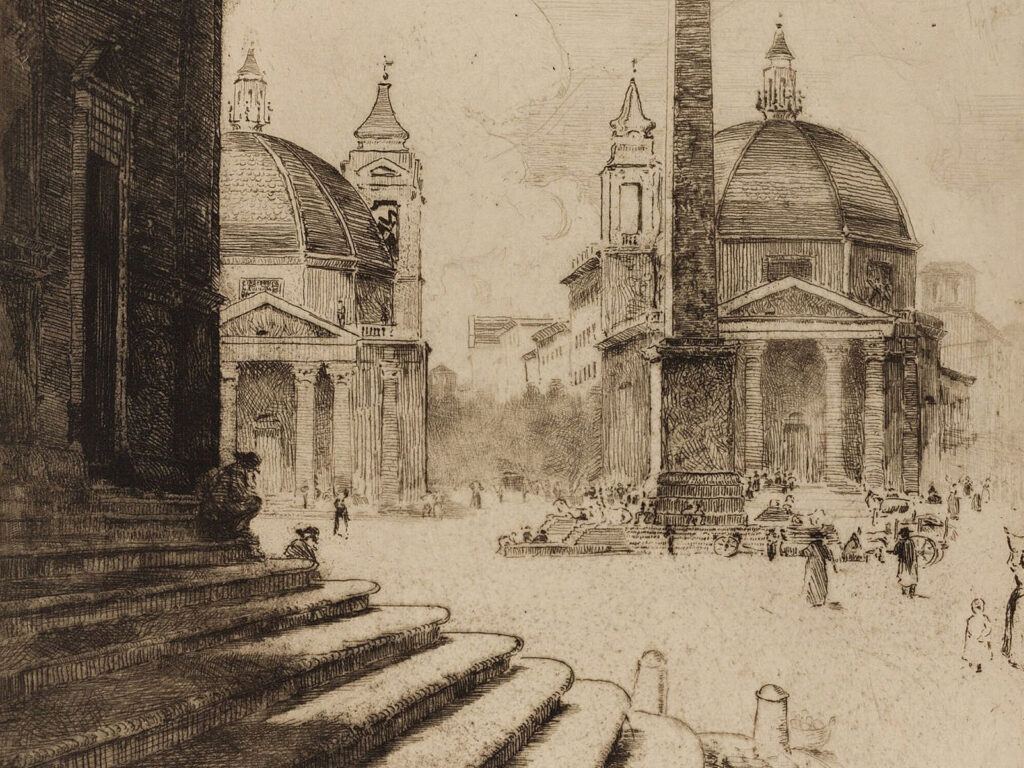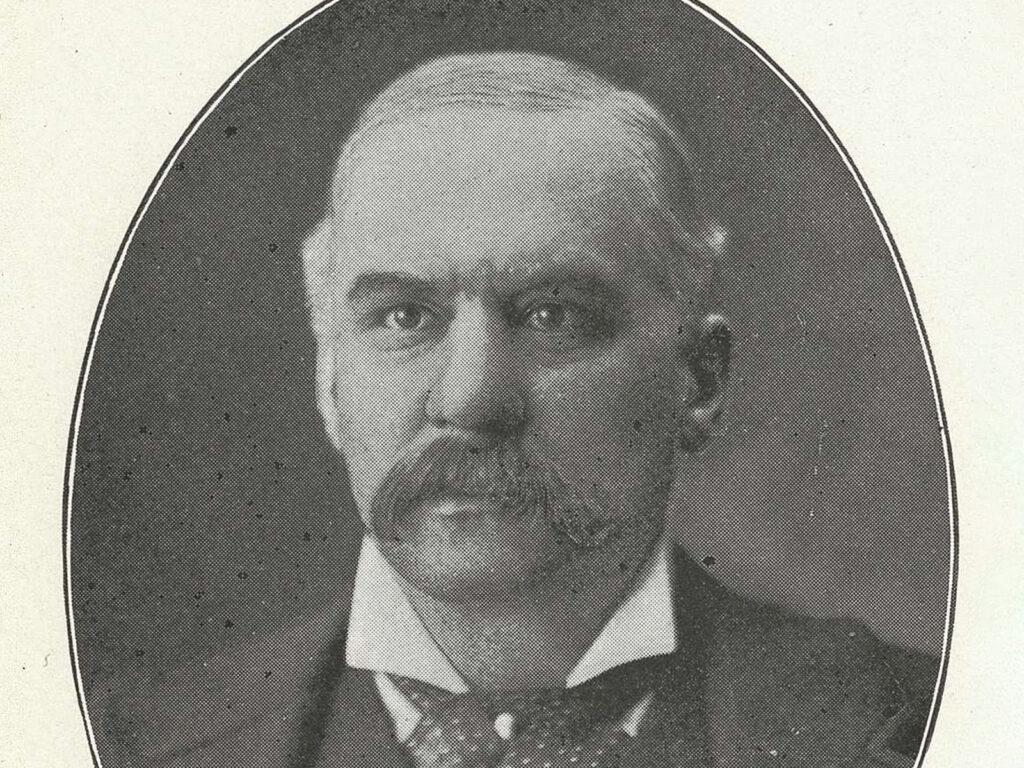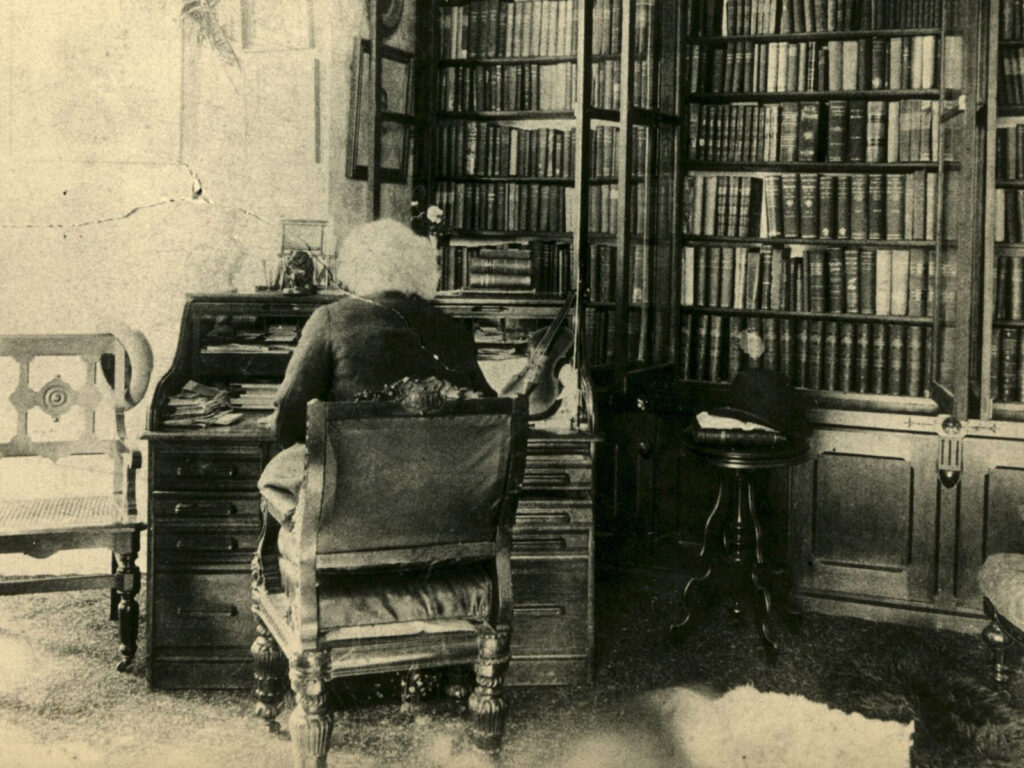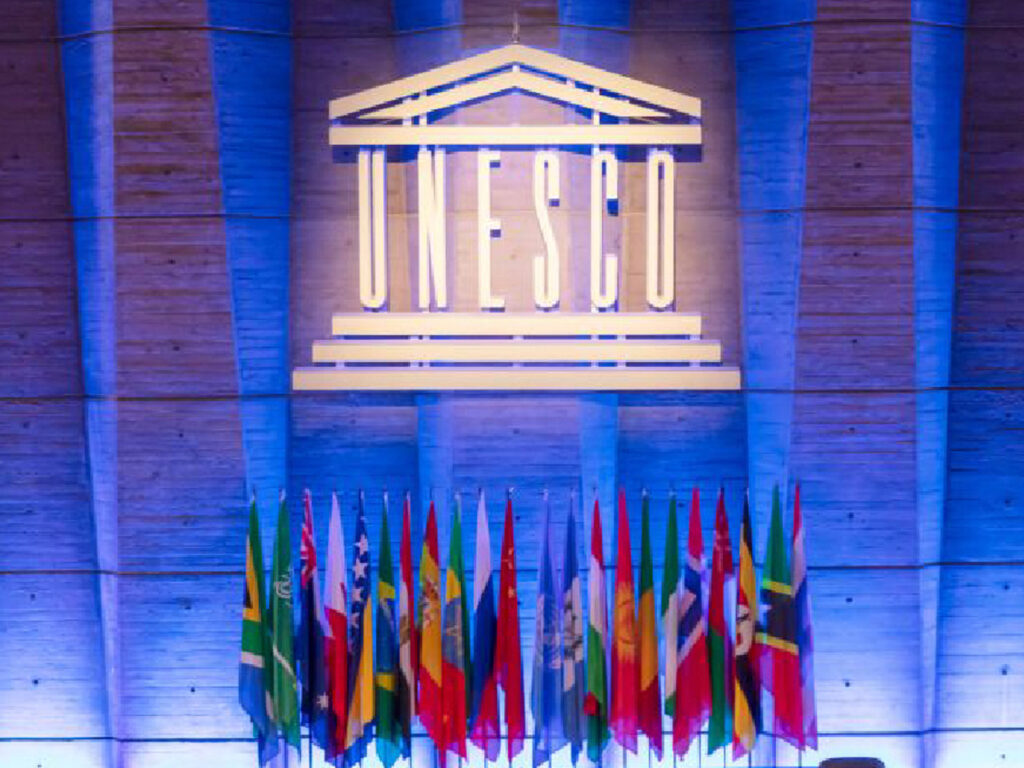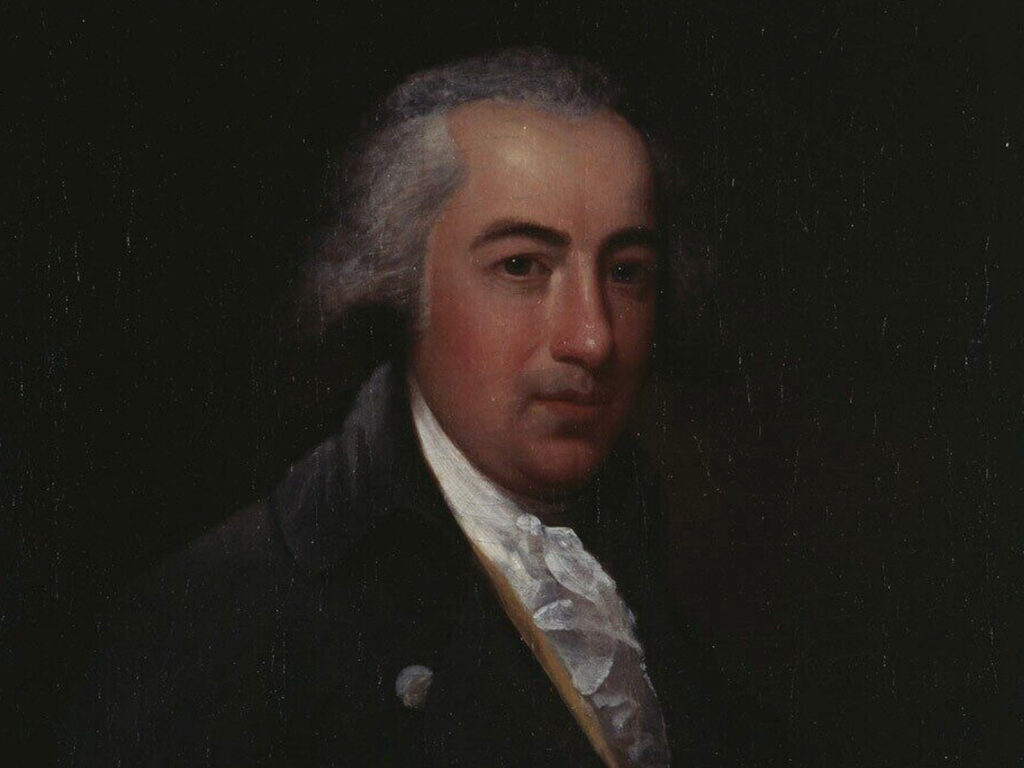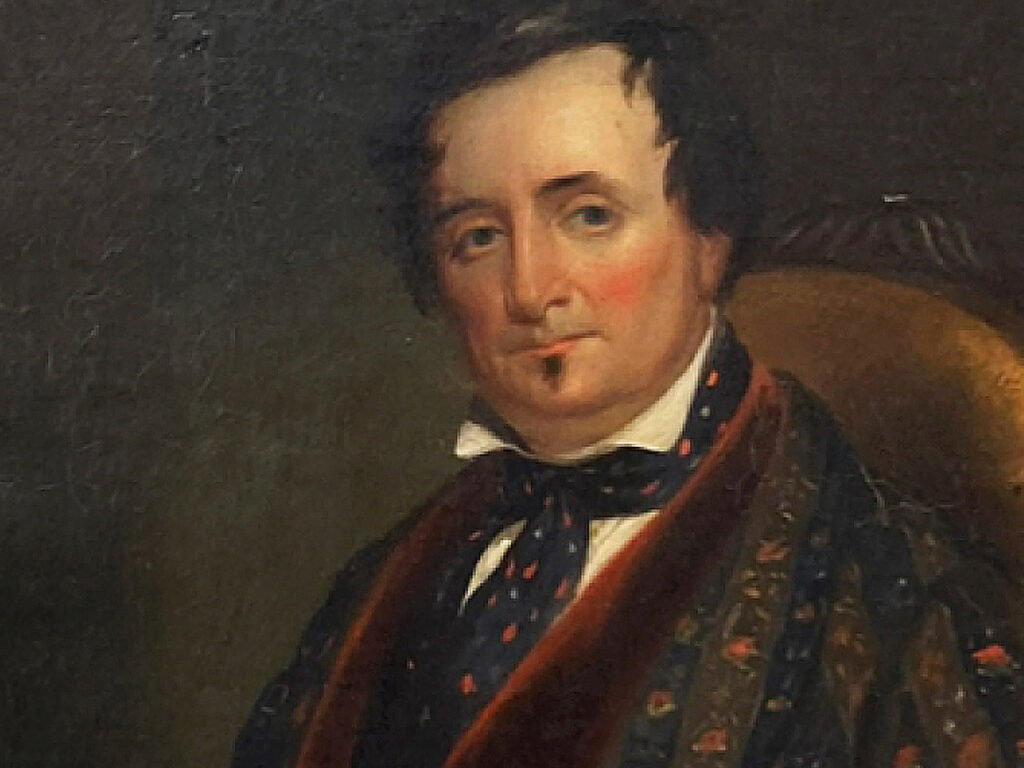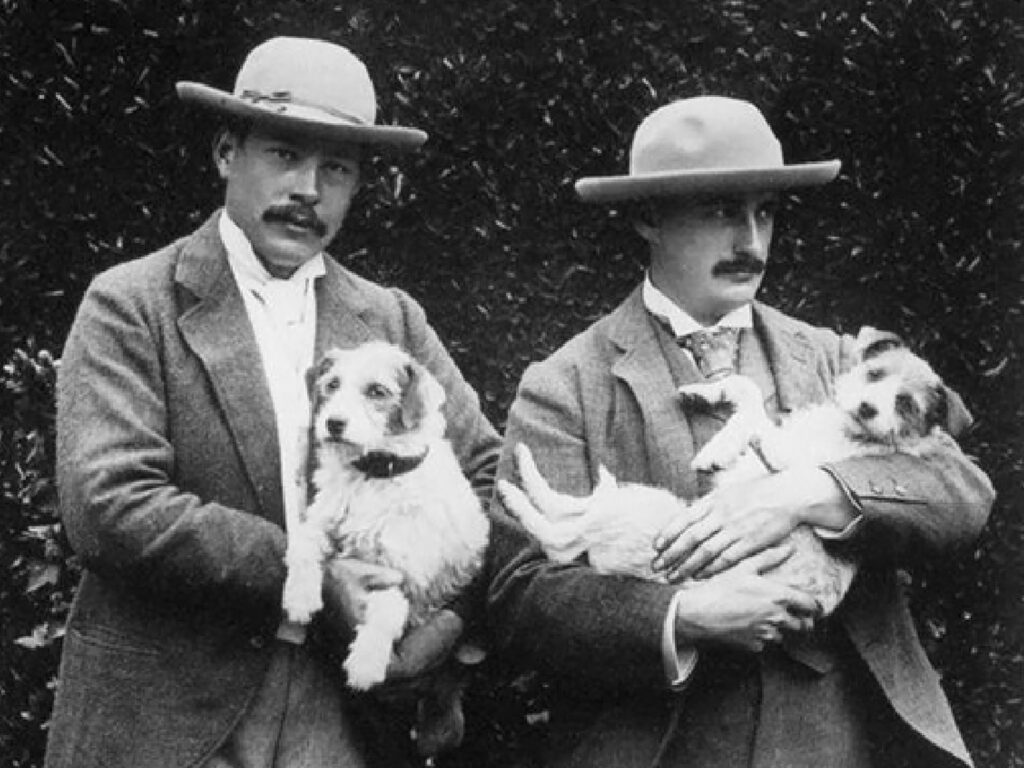The human need to commemorate is exemplified in cultures all over the world, inextricably tied to both the individual and communal search for meaning as well as the desire to overcome the limitations of mortality and to avoid the possibility—even the inevitability—of oblivion. Who and how we choose to commemorate reveals our cultural values and our understanding of the past. Commemoration provides a view of the past that necessarily reflects the values of the present; whether memorializing individual lives, the power of rulers, or historical events, commemorative artifacts reflect and reveal the motivations of their creators. At the same time, these artifacts communicate multiple meanings to different audiences. Thus, for example, the family members who know the deceased intimately will interact with a gravestone much differently than the passerby. This is the case even when memorials include specific instructions for the proper remembrance of the deceased in their inscriptions. So too, evidence from the ancient Mediterranean demonstrates awareness of the many interpretive challenges presented by memorials, as both those who constructed them and those who destroyed them in deliberate acts of memory sanction attempted to control the meaning of artifacts that they knew would be experienced in so many ways.
The Iliad illustrates the complexity of commemoration as it memorializes the names and great deeds of its heroes. The epic poem suggests that being known and remembered by name (kleos) is the only sure human route to immortality, while asserting its own role in obviating the very real possibility of being forgotten. After all (and setting aside the question of whether the poem reflects historical events), the poem has preserved the names and stories of Achilles, Hector, and other heroes in a way that their tombs did not—and, arguably, could not. For example, in Book 2, the epic narrator describes where the Trojans gather before battle:
There is steep hill, right before the city,
Out on the plain, with space for passage all around,
Which men call Batieia
but the gods recognize it as the tomb of light-stepping Myrine.
Here the Trojans and their allies set up their ranks—Iliad 2.811–815 (Author’s Translation)
In these lines, the poet points out that Myrine, known for her light steps, might be remembered (the poem does not say), but forgetting is so powerful that humans do not realize they are standing on her tomb; indeed, only the gods and the poet may know that the “hill” is actually a tomb. Within the world of the Iliad, characters show intense interest in grave markers (sêmata) and the treatment of the dead body, but the poem delicately reveals how the passage of time changes the significance of all memorials. Over time, memorials become objects to be observed dispassionately; they may even become mere points in the landscape through which we, unaware of their intended meaning, orient ourselves in space.

